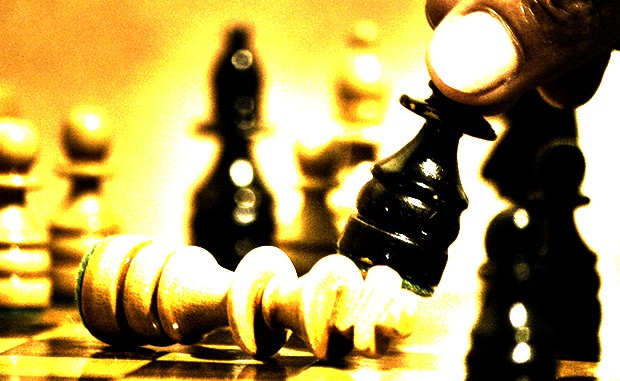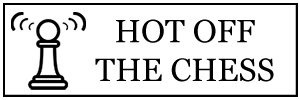
Isidor Gunsberg (1854-1930) was born in Hungary but later became a British citizen. His chess career began as remote operator to the chess machine ‘Mephisto’. Confirming himself as one of the chess elite at the time, Gunsberg would challenge World Chess Champion, Wilhelm Steinitz for his title.
Wilhelm Steinitz (1836-1900), needs very little introduction. Born in Austria, but later of American nationality, he was the first undisputed World Chess Champion, from 1886 to 1894 (losing to Emanuel Lasker).
Steinitz vs Gunsberg began on December 9th 1890 at the Manhattan Chess Club. The winner would be the first to win ten games, or with the most wins after twenty games — draws would not be counted. In the case of 9 wins each the match would be considered drawn. Each game would be played in two sessions, 13:30-17:00 and 19:00-22:30.
The match had its trials and tribulations, one of which was Steinitz developing a bad cold. Back in the day, this was no trivial matter (if indeed it is these days) and caused the match to be paused after the fourth game while he recovered. Openings played their part also, with Steinitz vowing to keep playing the Queen’s Gambit until he won with it (which he did in game 7, after 2 draws and a loss) and him challenging Gunsberg to a theoretical debate in the Evans Gambit. This was accepted, with the opening cropping up four times in the latter stages, Gunsberg scoring 2.5 with it to Steinitz’s 1.5.
This would not change the outcome of the match, however, with Steinitz retaining his title 6-4.
The game we’re going to take a look at, is the 16th game, in which Gunsberg (as White) scores a rather quick point against the defending champion. Notable of the game, in addition to Steinitz losing in 21 moves, is that he appears to insinuate that his opponent bluffed him …
“Gunsberg touched the square at h4 with his knight, and then retracted the move, and after taking some time to consider and shaking his head as if he had made a mistake, finally adopted the move. Thereupon I took the pawn, and on seeing my opponent’s reply, 21.Ne4, resigned. Then I taxed my opponent on the manner in which he had made his twentieth move, which was calculated to mislead, and I reminded him that in his match with Chigorin he had in a similar case brought a charge against the Russian master. Gunsberg apologized, and gave his word of honor that he had not done it wilfully.” — Wilhelm Steinitz (on his opponent’s 20.Nh4).
In the event that Gunsberg had deliberately bluffed his way to the win with body-language, it is a matter of opinion as to whether Steinitz had any right to object at him or not. What is clear is that Steinitz’s understanding of the position was not what it should have been, especially when taking his Queen in to the lion’s den.
Enjoy !
Additional Sources:

